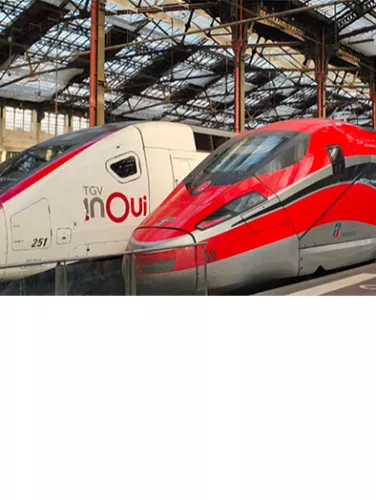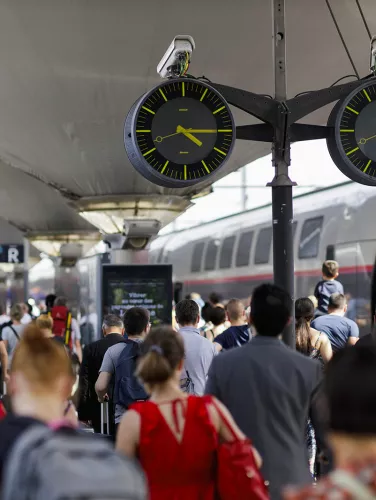Opening up to competition: an opportunity
Thanks to the opening up of the market to competition, new railway undertakings are running their trains on the French rail network.
These are all new customers for SNCF Réseau and therefore additional tolls and revenue that we can reinvest in modernising the network.
In 2021, a new milestone was reached with the arrival on the French rail network of Trenitalia (Paris-Lyon-Milan high-speed line) and Transdev's winning of the first regional rail tender in France (Marseille-Toulon-Nice TER line by 2025). Since then, new customers have continued to arrive on the French rail network, enriching the service offering for our passenger customers. Renfe, the Spanish company, launched its service on the French network in July 2023.



